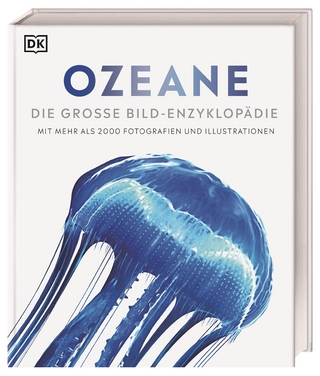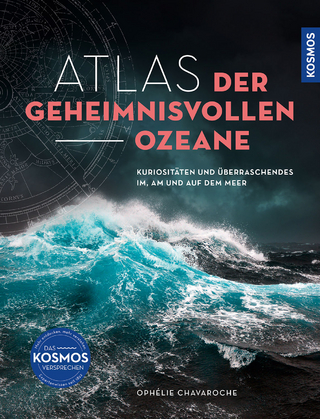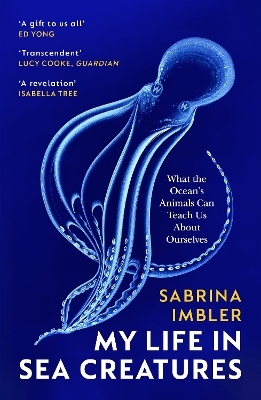
Urban Water Resources
CRC Press (Verlag)
978-0-367-77927-6 (ISBN)
Ever increasing urbanization is impacting both the quantity and quality of urban water resources. These urban water resources and components of the water cycle are likely to be affected severely. To minimize the consequences on world water resources, the development of sustainable water resources management strategies is inevitable. An integrated urban water resources management strategy is the key to maintain sustainable water resources. A preliminary understanding of physio-chemical processes and analysis methodologies involved in each and every component of the urban water cycle is necessary. In the past these components have been investigated and published individually.
With the view to aiding the development of integrated urban water resources management strategies, this book endeavors to present and explain the major urban water cycle components from a single holistic platform. The book presents the introduction, analysis and design methods of a wide range of urban water components i.e., rainfall, flood, drainage, water supply and waste water with the additions of sustainability practices in most of the components. Current "Hydrology" and "Hydraulics" books do not incorporate sustainability features and practices, while there are many books on general "Sustainability" without integrating sustainability concepts into typical engineering designs.
The book starts with components and classifications of world water resources, then basic and detailed components of the hydrologic cycle, climate change and its impacts on hydrologic cycle, rainfall patterns and measurements, rainfall losses, derivations of design rainfalls, streamflow measurements, flood frequency analysis and probabilistic flood estimations, deterministic flood estimations, unit hydrograph, flood modelling, commercial modelling tools and use of Geographical Information System (GIS) for flood modelling, principles of open channel hydraulics, critical flow and flow classification indices, open channel flow profiles, uniform flow in open channel and open channel design, estimation of future population and domestic water demand, design of water supply systems, sustainable water supply system, water treatments, wastewater quantification, wastewater treatments, sustainable and decentralized wastewater treatment, stormwater drainage and urban drainage analysis, water footprint and water-energy nexus, features of water conservation, harvesting and recycling, components of sustainable urban design, stormwater treatment and integrated water management.
Monzur Imteaz is an Associate Professor in the Department of Civil & Construction Engineering at Swinburne University of Technology, Melbourne, Australia. He has obtained his Ph.D. in 1997 from Saitama University, Japan. Later he completed his post-doctoral research at University of Queensland, Brisbane, Australia. Before joining at Swinburne he was been involved with several Australian state and local government authorities. He has been actively involved with various researches on sustainability, water resources and environmental pollutions.
Table of Contents:
Preface
Acknowledgements
About the author
IntroductionWorld Water Resources
Classifications of Water Resources
Climate and Climate Change
Seasonality Index
Drought Index
Hydrologic Cycle and Rainfall-Runoff ProcessesHydrological Cycle and Systems
Water Balance
Precipitation
Precipitation Measurement
Rainfall Variability
Evaporation and Transpiration
Catchment and Watershed
Abstraction and Losses
Runoff and Hydrographs
Streamflow Measurements
Rating Curve
Probabilistic Rainfall/Flood EstimationIntroduction to Flood Estimation
Terminologies used in Probability Analysis
Failure and Risk
Hydrological Data
Flood Frequency Analysis
Design RainfallIntroduction
Intensity-Duration Relationship
Derivation of Design Rainfall
Temporal Pattern
Deterministic Flow/Flood EstimationsIntroduction
Hydrograph Details
Rational Method
Time of Concentration
Non-Homogeneous Catchment
Partial Area Effect
Composite Catchment
Unit Hydrograph Method
Flood Modelling
Time-Area Method
Modelling Tools
Open Channel HydraulicsIntroduction
Principles and Equations
Effect of Streamline Position
Solutions of Energy Equation
Critical Depth Calculations
Froude Number
Applications of Energy Equation
Gravity Wave and its Applications
Uniform Flow in Open ChannelFlow Classifications
Uniform Flow Equation
Solutions of Manning’s Equation
Details of Manning’s Roughness
Compound Channel
Conveyance of Open Channel
Design of Uniform Flow Channel
Hydraulic ModellingIntroduction
Solution Process
Data Requirements
Hydraulic Modelling using HEC-RAS
Water Supply SystemsIntroduction
Water Consumption Pattern
Estimation of Demand
Water Supply System Components
Storage Tank Sizing
Pipe System Analysis and Design
Water Quality
Water Treatment Processes
Water Quality Measurement and Calculations
Settling of Particles in a Fluid
Sedimentation Basin Sizing
Wastewater SystemsIntroduction
Wastewater Collection System
Quantification of Wastewater
Quality of Wastewater
Wastewater Treatment
Disinfection, Sludge Treatment and Disposal
Sustainable Wastewater Treatment and Recycling
Stormwater DrainageIntroduction
Components of Urban Stormwater Drainage
Design Calculations and Equations
Hydraulic Grade Line (HGL) Analysis
Onsite Detention (OSD) Tank
Urban Drainage Analysis
Pit Location Design and Bypass Flow
Overland Flow path
Water Conservation and RecyclingIntroduction
Water Footprint
Sustainable Water Fixtures
Stormwater Harvesting
Greywater Recycling
Centralised Recycled Water
Water Sensitive Urban DesignIntroduction
Grass Swale
Sand Filter
Bioretention System
Porous Pavement
Sedimentation Basin
Wetland
Riparian Vegetation
Rainwater Tank
Appendix A Manning's ‘n’ values for Channels (Chow,
| Erscheinungsdatum | 06.04.2021 |
|---|---|
| Verlagsort | London |
| Sprache | englisch |
| Maße | 156 x 234 mm |
| Gewicht | 444 g |
| Themenwelt | Naturwissenschaften ► Geowissenschaften ► Hydrologie / Ozeanografie |
| Technik ► Umwelttechnik / Biotechnologie | |
| ISBN-10 | 0-367-77927-7 / 0367779277 |
| ISBN-13 | 978-0-367-77927-6 / 9780367779276 |
| Zustand | Neuware |
| Haben Sie eine Frage zum Produkt? |
aus dem Bereich


